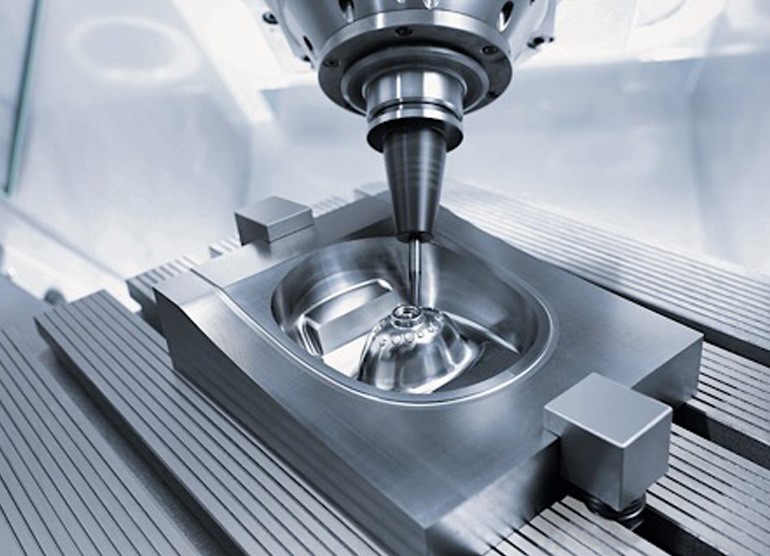Due to increased competition in today's market, delivering products to market rapidly is crucial to achieve business goals. Rapid tooling is one piece of technology that is completely changing this process. Rapid tooling, which has its roots in industrial powerhouses like China, is revolutionizing product development. Let's examine the five main ways that this creative strategy is altering the cycles of product creation.

Dramatically Reduced Time-to-Market
The drastic reduction in the time-to-market for new items is one of the most important effects of rapid tooling. A single prototype made with traditional tooling techniques may take weeks or even months to complete. On the other hand, rapid tooling can produce a prototype in a few days. This speed can be a game changer in sectors where a product's success can be determined by its arrival on the market first.
Cost-Effective Prototyping and Small-Batch Production
In addition to being fast, rapid tooling is also economical, particularly for small-batch production and prototyping. Rapid tooling increases China's competitive manufacturing costs. This is the reason it's so affordable:
Enhanced Design Flexibility and Iteration
Unprecedented design process flexibility is provided by rapid tooling. With traditional approaches, it can be costly and time-consuming to make modifications to a design after tooling has started. But rapid tooling makes adjustments simple and quick. This adaptability is especially useful in China's dynamic manufacturing environment, where it can be very important to quickly respond to market feedback. Moreover, better-refined products with higher market success rates are the result of this iterative process.
Bridging the Gap Between Prototyping and Production
The ability of rapid tooling to close the gap between prototype and large-scale production is one of its most fascinating features. This bridge is much more smooth in China, where the whole supply chain is frequently in close proximity from prototype to manufacturing. Quick tooling enables businesses to:
This smooth transition ensures that what functions at the prototype stage will function in full-scale manufacturing, lowering the risks involved in going from prototype to production.
Enabling Complex Geometries and Materials
Efficient tooling methods, particularly in conjunction with China's sophisticated manufacturing capacities, make it feasible to fabricate intricate geometries that were formerly unattainable or impractical. This creates new opportunities for the functionality and design of products. Prototypes that nearly resemble the final product in both shape and function are made possible by rapid tooling, which also accommodates a broad variety of materials, including metals and plastics.
All in all, rapid tooling is changing the product development cycles. It is enabling businesses to develop more quickly and effectively than ever before. We can expect even more profound shifts in the creation and distribution of products as this technology develops further.